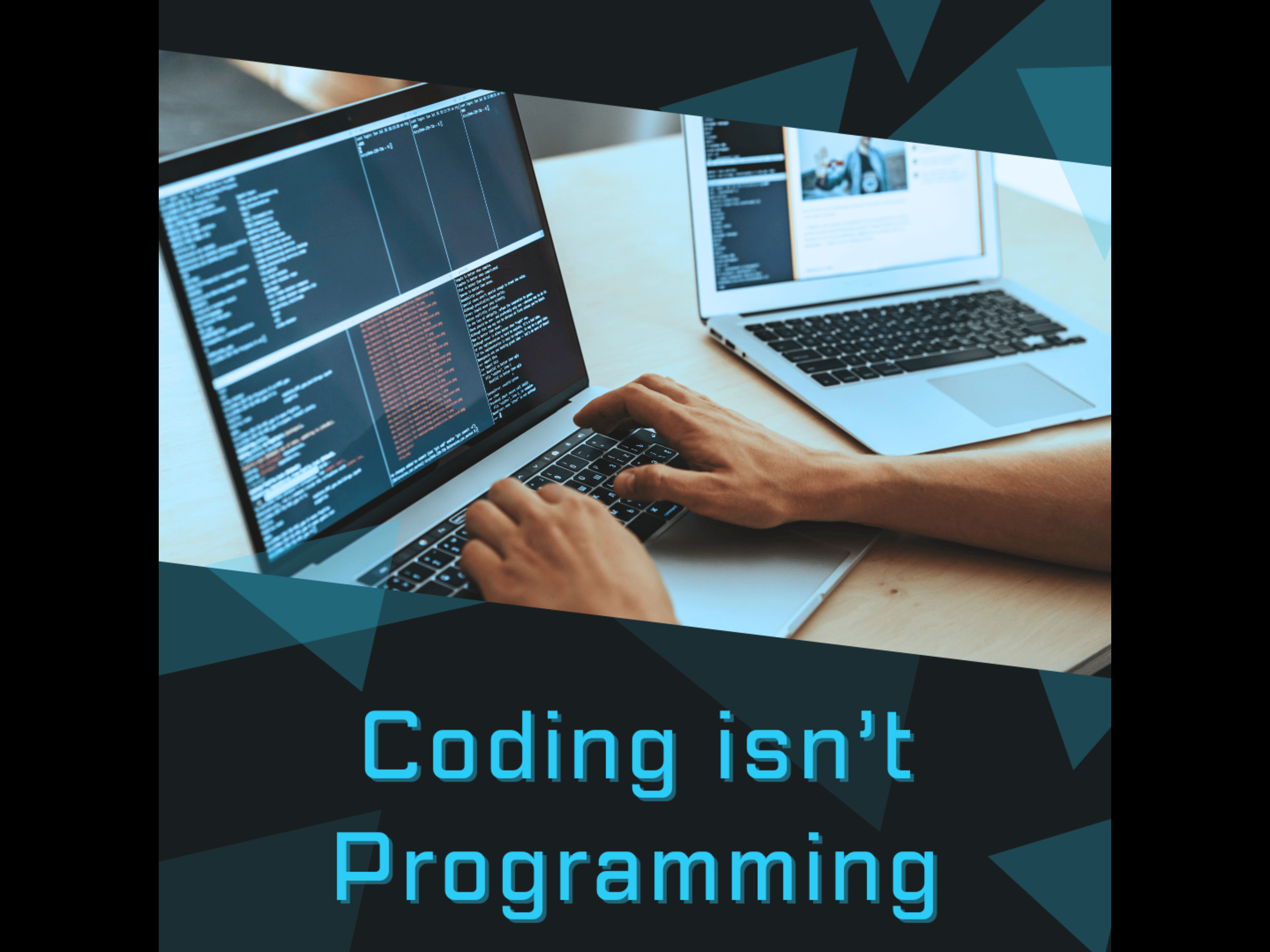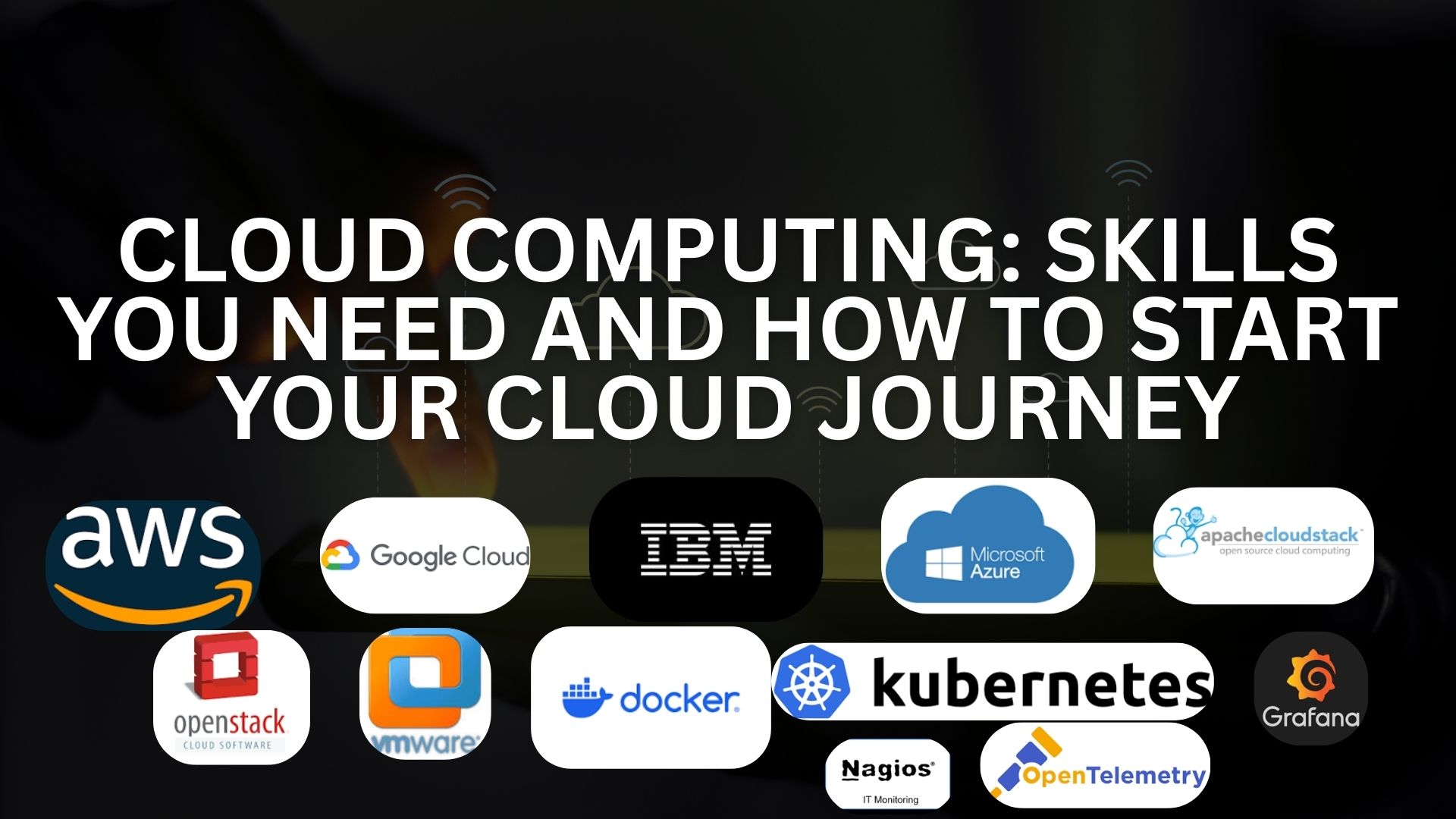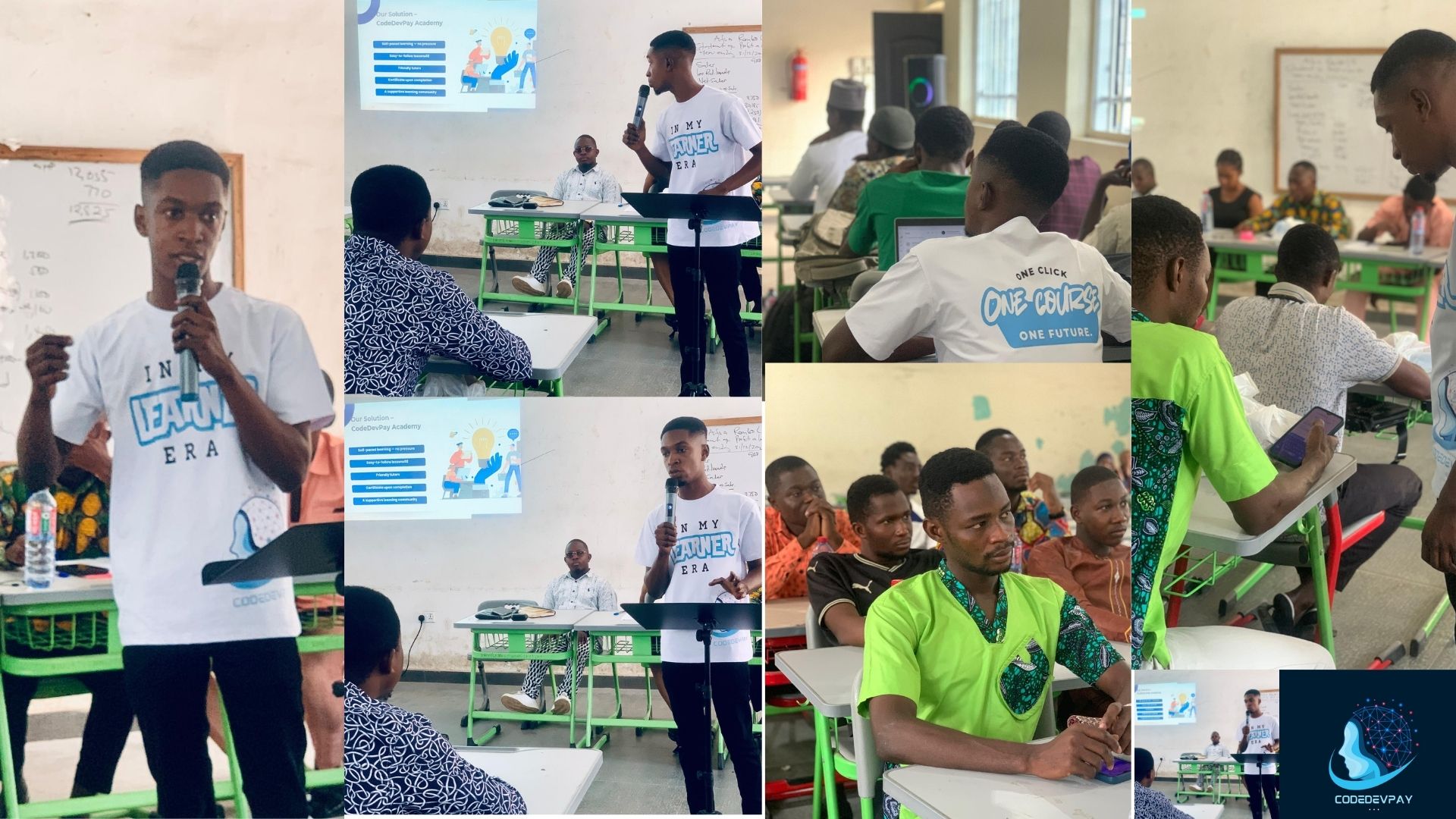In the fast evolving world of technology, the terms coding and programming are often thrown around as if they’re one and the same. You might hear people say, I’m learning to code, or I’m a programmer, but here’s a little secret: coding ain’t programming. While these concepts are closely related, they have distinct differences that are important to understand, especially if you’re venturing into the tech space.
So, let’s dive deep and explore what sets these two apart and how they work together in the world of software development.
Coding: The Language of Machines
Coding is where most people start their journey. In simple terms, it’s the process of translating human logic and instructions into a language that computers can understand. Computers only understand specific languages like Python, JavaScript, Java, or C++, and coding is the act of writing these instructions in one of those languages.
Think of coding as the building blocks. It’s the specific, detailed steps you tell a machine to take. Just like how you might follow a recipe to bake a cake, coding involves following precise steps to create a specific outcome.
Example of Coding:
Let’s take a simple example in Python:
|
|
This line of code tells the computer to display the text Hello, World! on the screen. This is coding in its simplest form writing commands that the computer can immediately understand and execute.
But coding is often focused on individual tasks, solving specific problems or features. It's highly syntax driven, which means if you make a mistake, even a small one like missing a semicolon or a bracket, the entire code might fail to work.
Programming: The Bigger Picture
Now, let’s zoom out a little. Programming is a much broader process. While coding is an important part of programming, programming involves designing, planning, debugging, testing, and managing complex systems.
Programming is about solving problems holistically. It’s not just about writing lines of code; it’s about understanding the problem you’re trying to solve and then creating an effective solution. Programmers often deal with things like:
- Designing algorithms
- Structuring databases
- Debugging and troubleshooting errors
- Creating full fledged applications
Programming isn’t just following the recipe it’s creating the entire meal plan. You decide what’s on the menu, where to source the ingredients, and how to make sure everything works together seamlessly.
Example of Programming:
Let’s say you’re building a weather app. As a programmer, your job isn’t just to write the code that fetches today’s temperature. You also need to think about:
- How the app interacts with the user (UI/UX design)
- How it retrieves data from weather APIs (backend development)
- What happens when the user asks for tomorrow’s weather instead (error handling and updates)
- How to store and organize historical weather data (database management)

Weather system architecture design
In short, programming involves designing the entire system and thinking long term about how your application will grow and adapt.
Key Differences: Coding vs. Programming
Let’s break down the key differences between coding and programming:
| Aspect | Coding | Programming |
| Focus | Writing specific instructions (code) | Building complete solutions and systems |
| Scope | Narrow, focusing on individual tasks | Broad, encompassing design, development, and maintenance |
| Skills Required | Understanding of programming languages | Problem-solving, system design, debugging, testing |
| Example | Writing Python code to print “Hello, World!” | Designing a weather app from scratch |
| Tools Used | Text editors, compilers, and interpreters | IDEs, version control, debuggers, and more |
| Outcome | Specific features or functions | Full-fledged applications and solutions |
Why Both Are Important
Now that we know coding ain’t programming, it’s clear that both are essential in the software development process. Coders make sure the individual pieces of the puzzle fit together, while programmers ensure the entire puzzle makes sense in the bigger picture.
Coders focus on the details, making sure each command and function works as expected.
Programmers take a broader view, ensuring that everything works together as a cohesive unit.
In reality, most professionals working in tech are both coders and programmers. They need to be able to write code effectively but also think about how that code fits into the larger system they’re developing.
Practical Examples: Coding vs. Programming in Action
Let’s look at some real world examples to make the distinction even clearer.
Example 1: Creating a Login Feature
Coding: A coder might write the code that checks whether the user’s login credentials match what’s stored in the database.
Programming: A programmer, on the other hand, would design the entire authentication system. They would think about how user data is stored securely, how to handle forgotten passwords, and how to integrate with third party login services like Google or Facebook.
Example 2: Building a Simple Calculator
Coding: A coder would write the individual functions for addition, subtraction, multiplication, and division.
Programming: A programmer would design the whole calculator, ensuring that it can handle complex calculations, roundoff errors, and offer a user friendly interface.
Conclusion
While many people start their tech journey by learning to code, programming opens the doors to solving real world problems on a much larger scale. Coding is the foundation, but programming is the house. By understanding both, you can unlock your potential to build amazing things in the tech world.
So, remember: Coding ain’t programming, but together, they make all the magic happen..





Rodney bekoe